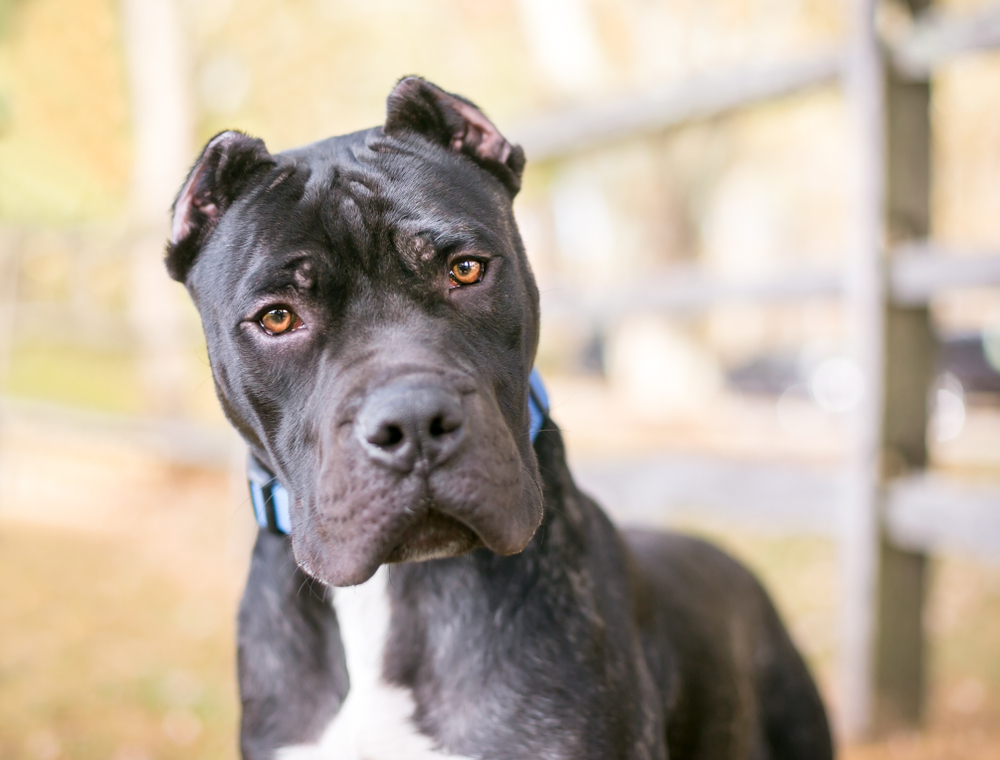How to Read Your Pet’s Body Language

You may think little Chomsky can bark out a few recognizable phrases, or that your cat talks to you, but most of us must rely on pet body language to understand them. Dogs, cats, and other companion animals don’t have the luxury of communicating in our language, so it is crucial to understand theirs.
Pets also use body language to communicate with other animals. They signal feelings like affection, fear, aggression, and so on in order to bond, avoid conflict, and establish territory. How can you read your pet’s body language for better understanding? We’re here to help decipher this important form of communication.
Basic Pet Body Language
You’re probably familiar with ears perking up when the dinner bowl comes out, or wags of the tail when you come in the door from a long day at work. Everyone loves to see a happy pup or kit, and these signals form a basic understanding between four- and two-legged friends.
But there are body language postures than can trip us up because they may not be associated with one single emotion or signal.
The Elusive Wag and Other Mixed Messages
An exposed stomach means your pet is relaxed, right? How about yawning? These behaviors in your pet may indicate relaxation, but they are also signs of stress and fear.
Here are some signals from pets that are often mistaken:
- Licking the lips can mean your pet is nervous or ready for food
- A frozen gait will sometimes mean your pet is deciding whether to act out aggressively
- Keeping the tail down and between the legs is a sign of pain or uncertainty
- Whisker twitching can mean tension
- Yawning can signal stress or relaxation
- Wagging will follow aggression or tension in some animals or be a simple sign of contentment and joy
Context of the body language is everything. Of course, if there is no threat and your pet is crashed out on the coach with you and rolls over, we’re guessing they just want a belly scratch. Don’t make assumptions about your pet’s communication based on one physical behavior alone, but the entire context of what’s going on when it’s occurring.
It’s All Good: Relaxed Body Language
The good news is that most behaviors we observe in our happy, well-socialized fur friends are positive ones. A few signs that your pet is in the chill zone include:
- Mouth slightly parted
- Normal shape and position of eyes
- Wagging (just remember that wagging isn’t always out of contentment)
- Relaxed fur
- Ears held at normal position
- Bowing (“let’s play!”)
Pets will respond to our cues and behaviors, such as increased excitement during a game of chase, an inquisitive stare or head tilt when we attempt to baby talk to them, and an exuberant burst of hopping and spinning when we return from being away.
We’re certain you’ve noticed some of the behaviors that indicate a happy pooch or kitty.
Dog Aggression and Submission
There are thousands of dog bites that happen each year because the pet owners didn’t pick up on the initial cues that a bite or attack was in store. Aggression in dogs can happen for many reasons, from pain to territorial threat.
Likewise, some animals will display submissive cues with a strange pet, when they’ve been threatened, or when they feel stressed in a new situation.
Aggressive Body Language
- Bared teeth
- Snarling
- Frozen body
- Body leaning forward
- Snapping
Appeasement Language
- Rolling over
- Turning head
- Lowering tail
- Body lowering
- Averting eyes
In each of these scenarios, it is critical to remove your pet from the situation and to safety whenever possible. To learn more about dealing with aggression in pets, please consult Oakland Veterinary Referral Services or your veterinarian.
Body Language in Cats
While there is some overlap in body language between dogs and cats, the cats have their own messaging system embodied in their behaviors and postures. Here are a few signals to pick up on in our feline friends.
- Tail moving back and forth — Hesitation, trying to assess a situation, happiness
- Tail up — Your cat is happy and ready for petting
- Tail down, hunching — Fear
- Fur up and body posture stiff — Fear, potential fight posture
- Ears back — Fight posture
- Large, dilated pupils — Fear or surprise
- Ears half-closed — Relaxed, content
- Ears thumping, head turned — Interested, curious
Most pet owners would love to be Dr. Doolittle and know everything there is to know about communication with animals. In reality, we can make educated guesses based on posture and context. Our furry companions will do their best to make us better understand through their unique behaviors.
When in doubt about your pet’s behavior, first talk to your regular veterinarian for help in deciphering them. Happy tails!


